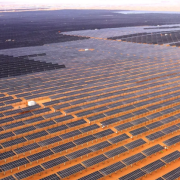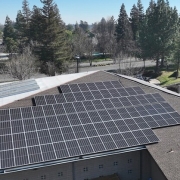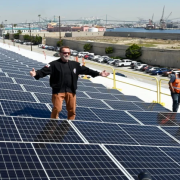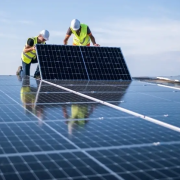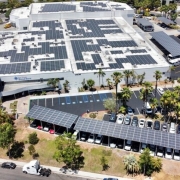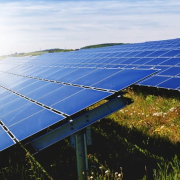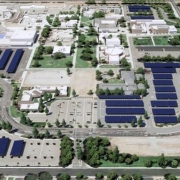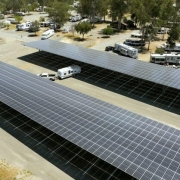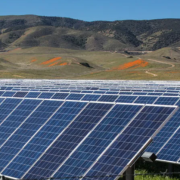The first of many solar and wind projects in China’s deserts is now online, and it’s capable of powering 1.5 million households.
This first phase of this solar and wind project is in the Tengger Desert, which lies on the southern edge of the Gobi Desert. It has an installed capacity of 1 million kilowatts, and it’s expected to generate 1.8 billion kilowatt-hours each year, according to its operating company, China Energy.
It’s also China’s first ultrahigh-voltage power transmission channel and the first major renewable project that transmits clean power from the Gobi Desert and other arid regions to the Hunan province.
Click here to read the full article
Source: electrek
—
If you have any questions or thoughts about the topic, feel free to contact us here or leave a comment below.

